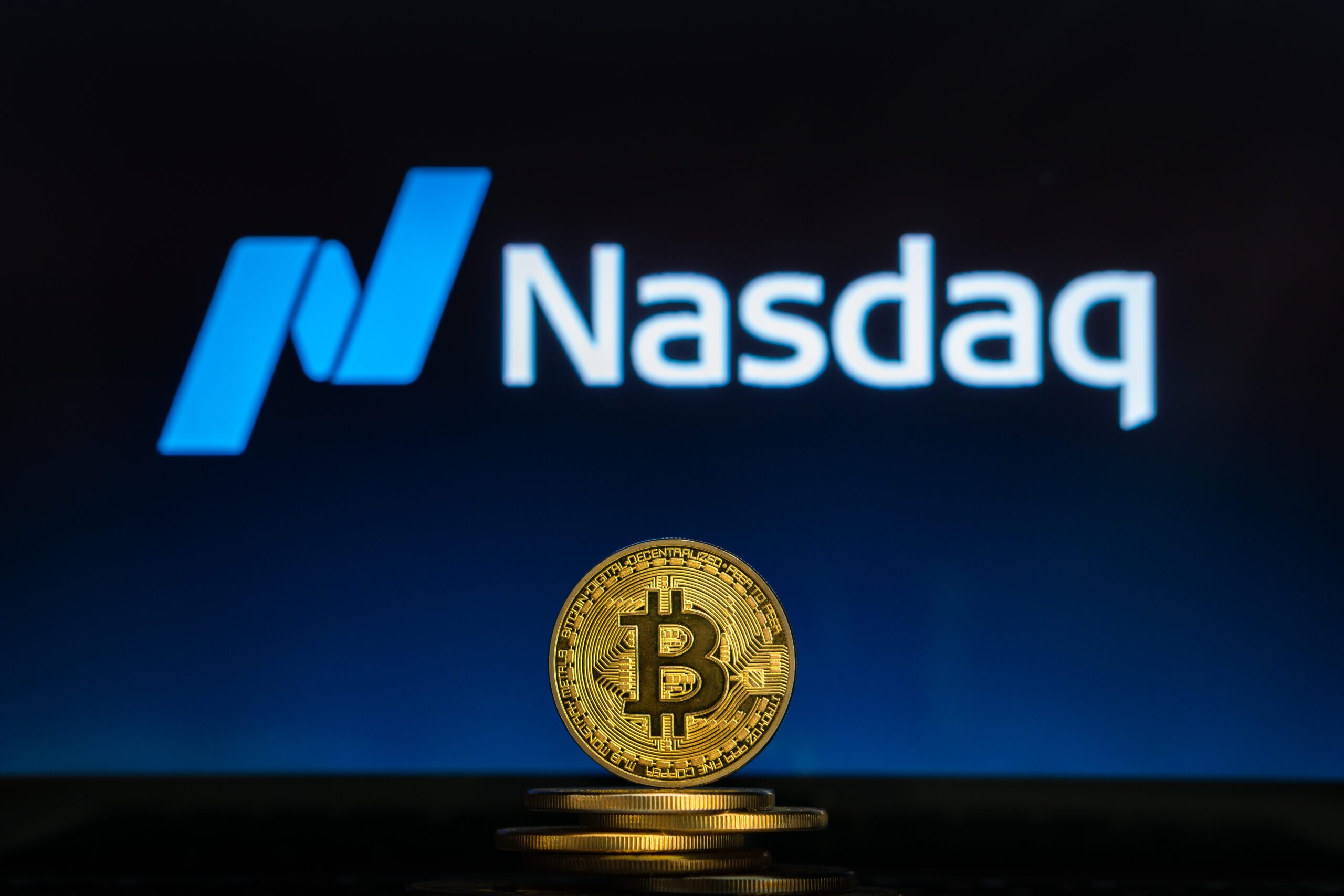Ten years ago this month, I had dinner with a friend at our favorite hole-in-the-wall Thai restaurant in New York City.
This friend is a successful entrepreneur who started one of the largest online men’s clothing businesses.
I was excited to talk to him about a cryptocurrency I had just discovered called “Ethereum.” I had just read the white paper, and I was convinced this would change everything about the financial world the same way the internet had transformed traditional media.
He told me I was crazy.
And his response wasn’t unusual. At the time, most people dismissed it as hype…
But I saw a system that could change how trillions of dollars move every day.
And now that vision is a lot closer.
Because last week, Nasdaq asked the Securities and Exchange Commission (SEC) for approval to let tokenized stocks and ETFs trade on its main exchange.
If approved, these digital shares would sit side-by-side with traditional equities. Meaning, they would fall under the same U.S. securities laws that govern $50 trillion in annual equity trades.
And this rollout could begin as early as 2026, once the Depository Trust Company — the clearinghouse that settles every U.S. stock trade — updates its systems to handle digital tokens.
If it happens, this won’t be a small tweak to the machinery of finance. It’ll represent the first major step toward moving Wall Street onto blockchain infrastructure.
And we don’t have to imagine what it might look like…
Because it’s already happening.
Proof It Works
Earlier this year, Galaxy Digital (Nasdaq: GLXY) became the first American company to tokenize its common stock.
It partnered with a fintech startup called Superstate to issue shares on Solana’s blockchain.
These token holders have the same rights as traditional shareholders.
The only difference is how their trades move.
You see, traditional shares take two days to settle. But tokenized shares can settle instantly, 24/7. They can also be transferred across borders directly between investors, without an intermediary.
Now, Galaxy is a tiny company compared to Apple or Microsoft. But it has proven that a tokenization model can work within the U.S. regulatory framework.
That’s why I see tokenization as not just possible, but inevitable.
Especially since Nasdaq now wants to take this model and scale it across thousands of companies.
This would transform how trillions of dollars in stocks are traded and settled every year.
But it’s not the only reason I believe in the inevitability of tokenization.
You see, while Nasdaq is preparing to bring stocks into the digital world, Ethereum is already the go-to network for digital dollars.
Stablecoins like USDT and USDC, which are pegged to the U.S. dollar, now total $165 billion on Ethereum.
That’s more than double the supply since January 2024, and it represents nearly 60% of the global stablecoin market.
Last week alone, about $5 billion in new stablecoins were issued. That’s nearly $1 billion a day being added to Ethereum’s network.
And these tokens aren’t merely speculative assets. They’re used for payments, trading, remittances, and increasingly, as a gateway into traditional markets.
One of the biggest players in this space is Tether, the company behind the stablecoin known as USDT. You can think of Tether like a digital bank that issues dollar-backed tokens.
For every token it puts into circulation, it holds a real asset in reserve.
And that asset is usually U.S. government debt.
Over time, Tether’s reserves have ballooned. And it’s coming at a critical moment for America’s finances.
Because foreign holdings of U.S. debt have declined drastically over the past 15 years.
In 2011, China, Japan and Canada 23% collectively held 23% of U.S. debt. But by November of last year, that number dropped to less than 6%.
Source: ARK Investment Management LLC, 2025, Based on data from TicData/Treasury.gov.8 as of May 15, 2025.
And the Federal Reserve’s commitment to quantitative tightening means it’s unlikely to be a major buyer either.
Meanwhile, stablecoins have quietly become one of the largest buyers of U.S. debt.
Tether now owns nearly $100 billion worth of U.S. Treasuries.
That makes it one of the single largest buyers of America’s short-term debt, ahead of many foreign governments.
And we’re already witnessing the real-world effects.
By buying so many Treasury bills, Tether helps keep short-term interest rates lower than they otherwise would be.
That’s why stablecoins could become one of our government’s most important strategic assets over the next decade.
But that’s just one of the advantages of stablecoins becoming part of the global financial system.
Again, tokenized assets settle faster. They reduce fees. And they can be traded globally, at any time of day.
For investors, that means lower costs and greater liquidity.
For companies, it means access to new pools of capital that aren’t constrained by geography or banking hours.
Forecasts suggest tokenized assets could reach as much as $16 trillion by 2030, covering everything from stocks and bonds to real estate and commodities.
Source: Boston Consulting Group and ADDX
But just because I believe tokenization is inevitable doesn’t mean I believe it will happen immediately.
Here’s My Take
Regulation is probably the biggest hurdle to tokenization.
Europe has already passed a framework to govern digital assets. But the U.S. is still piecing together how to apply existing securities law to tokenized assets.
And that uncertainty could slow adoption.
What’s more, Wall Street isn’t known for moving quickly. Clearinghouses like the DTC were built for a five-day settlement cycle. This was updated to a two-day cycle less than a decade ago.
Moving to real-time settlements will mean re-engineering decades of infrastructure. And that means turning stocks and bonds into crypto-style trades won’t happen overnight.
But I’m convinced tokenization will happen.
Within a decade, I believe most financial assets — from stocks to Treasuries to real estate — will exist as digital tokens.
After all, Galaxy Digital proved it can be done.
Ethereum’s $165 billion stablecoin economy shows it can work at scale. And Nasdaq is preparing to roll it out across Wall Street.
To me, that proves tokenization is inevitable.
Regards,
Ian King
Chief Strategist, Banyan Hill Publishing
Editor’s Note: We’d love to hear from you!
If you want to share your thoughts or suggestions about the Daily Disruptor, or if there are any specific topics you’d like us to cover, just send an email to [email protected].
Don’t worry, we won’t reveal your full name in the event we publish a response. So feel free to comment away!
Disclaimer: This story is auto-aggregated by a computer program and has not been created or edited by finopulse.
Publisher: Source link








